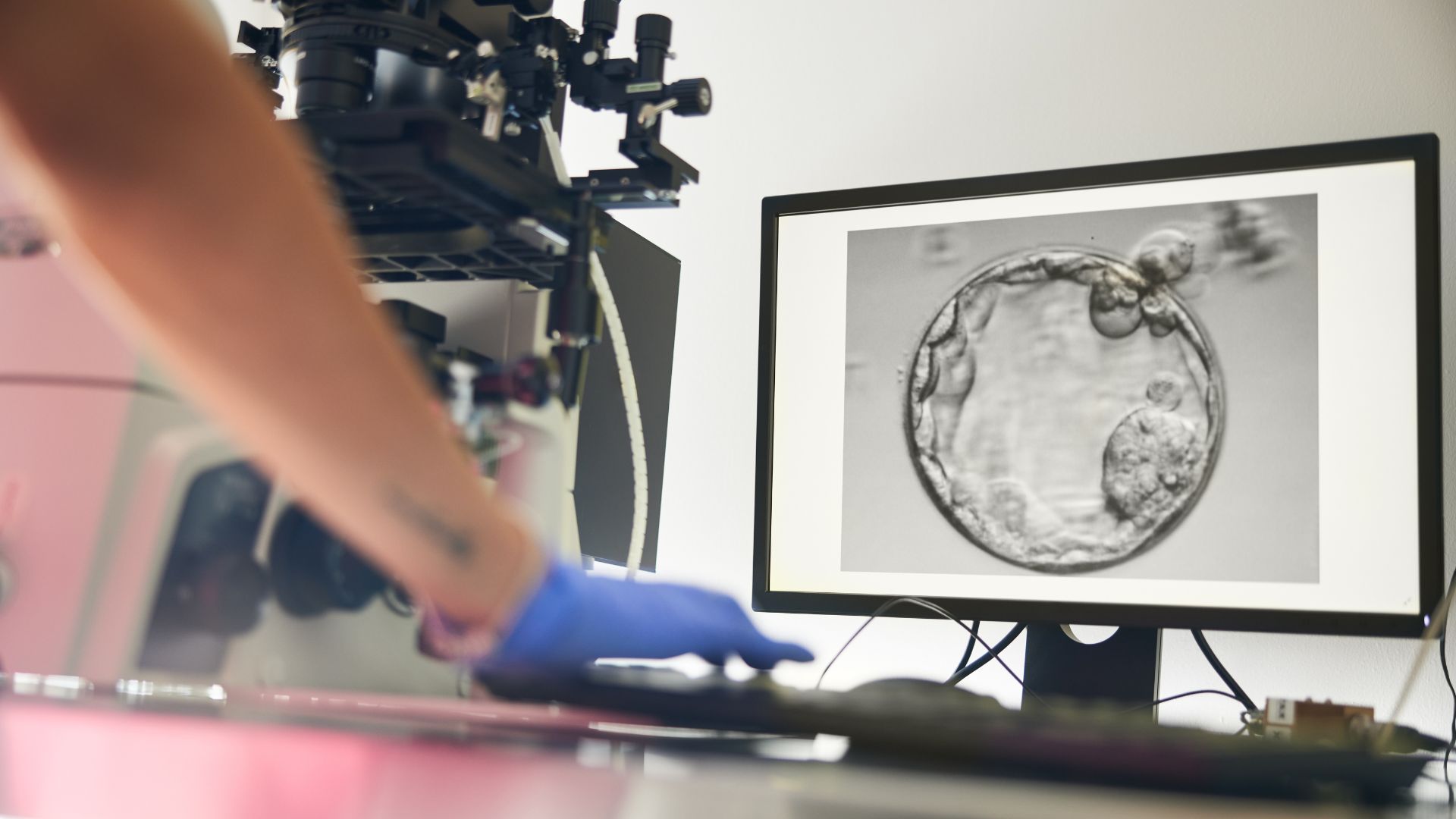A couple is expecting their first child after 18 years of failed fertility treatments, thanks to an AI-powered system that detected three hidden sperm cells in a man previously diagnosed with azoospermia.
Known as STAR, short for Sperm Tracking and Recovery, the method was developed by Dr. Zev Williams and his team at the Columbia University Fertility Center. It uses high-powered imaging and artificial intelligence, originally designed to spot distant stars, to find rare sperm in semen samples once deemed hopeless.
“We’re using the same technologies that are used to search for life in the universe to help create new life right here on earth,” Williams said.
Hunting sperm with AI
Up to 10% of infertile men have azoospermia, a condition where sperm is undetectable even under a microscope. Traditional solutions involve either using donor sperm or undergoing painful surgery to extract tissue from the testes.
Williams’ team spent five years adapting astronomical AI tools to find sperm instead of stars. The STAR system connects to a microscope using high-speed cameras and scans a semen sample at extreme resolution, capturing more than 8 million images in under an hour. AI then isolates viable sperm without harming them.
“A patient provided a sample, and highly skilled technicians looked for two days through that sample to try to find sperm,” Williams told CTV News. “They didn’t find any. We brought it to the AI-based STAR System. In one hour, it found 44 sperm.”
Embryologists then extract the detected sperm using a gentle, non-damaging process, avoiding methods like centrifugation that can ruin fragile cells. Once recovered, the sperm can be used immediately for IVF or frozen for future attempts.
Breakthrough after years of loss
The first successful pregnancy using STAR occurred earlier this year. Rosie, 38, and her husband, both using pseudonyms, had nearly given up hope after years of failed IVF attempts across multiple countries.
“There really was nothing else out there,” Rosie told Time Magazine. “Especially because I am running quite a few years ahead of where we should be [for fertility].”
In March, the STAR system identified three viable sperm in her husband’s sample. Doctors fertilized her eggs within two hours and implanted embryos shortly after. She is now five months pregnant.
“It took me two days to believe I was actually pregnant,” she told CTV News. “I still wake up in the morning and can’t believe if this is true or not.”
Skepticism and next steps
While the results are promising, some experts urge caution. Dr. Robert Brannigan of the American Society for Reproductive Medicine told The Washington Post the method needs more data before becoming standard care.
Dr. Gianpiero Palermo, a pioneer of sperm-injection IVF, raised concerns about STAR’s limits. “In my opinion, this approach is faulty because inevitably some men will have no spermatozoa,” he said.
Still, Williams remains optimistic. “With our method, many men who were told they had no chance at a biological child now have that chance,” he said.
The STAR system is currently available only at Columbia University, with costs for sperm recovery estimated at under $3,000.
